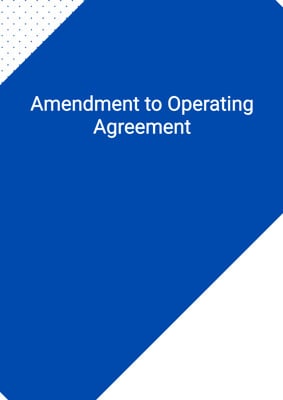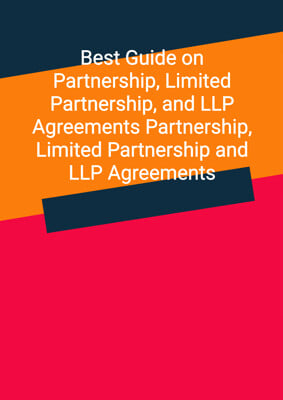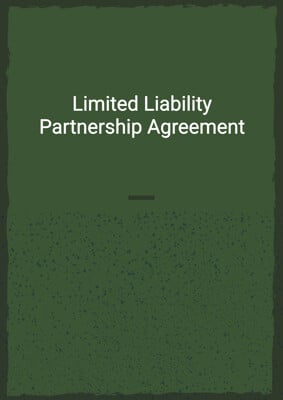How to Tailor the Document for Your Need?
01
Create Document
Fill in the details of the parties. You can click the "Fill with Member’s Information" button to complete it with information saved to your account.
02
Fill Information
Please fill in any additional information by following the step-by-step guide on the left hand side of the preview document and click the "Next" button.
03
Get Document
When you are done, click the "Get Document" button and you can download the document in Word or PDF format.
04
Review Document
The document should be signed by the authorised signatory (or directors of a company) and witnessed to complete the formality.
Document Preview
Document Description
The Partnership Deed is a legal document that establishes a partnership between three parties, referred to as Party 1, Party 2, and Party 3. The document outlines the purpose of the partnership, which is to conduct a business in a specific territory. It also regulates the relationship between the partners and the management of the partnership.
The Partnership Deed begins with an interpretation section, defining various terms used throughout the document. It includes definitions for accounting period, affiliate, accounts, auditors, budget, business day, business plan, director, effective date, executive manager, partners, partnership board, partnership interest, percentage share, and more.
The document then covers important clauses related to the commencement of the partnership, the business of the partnership, partnership capital, further finance, profits and losses, directors and partnership board, executive management, partnership property, undertakings by partners, expenses, accounts, budgets and information, indemnities, default, assignments, confidentiality and announcements, termination and deadlock, waivers and amendments, notices, settlement of disputes, governing law, counterparts, and no rights for third parties.
The Partnership Deed also includes provisions for termination of the partnership, including the winding up of the business and distribution of assets. It specifies that any disputes between the parties should be resolved amicably, and if not possible, referred to the respective chairpersons/chief executives of the parties. The document is governed by the laws of the territory applicable therein, and any legal proceedings should be brought in the courts of the territory.
This Partnership Deed is a legally binding agreement between the parties involved and should be carefully reviewed and understood by all parties before signing.
How to use this document?
To use the Partnership Deed, follow these steps:
1. Review the entire document to understand its purpose, terms, and obligations.
2. Ensure that all parties involved in the partnership have a clear understanding of the document and its implications.
3. Enter the names and principal places of business of all parties involved in the partnership in the designated sections.
4. Specify the purpose of the partnership and the territory in which the business will operate.
5. Define the percentage shares and capital contributions of each partner in the partnership.
6. Determine the responsibilities and authority of the partnership board and the executive management team.
7. Establish procedures for the preparation of budgets, management accounts, and other financial information.
8. Discuss and agree upon any additional funding requirements and the terms for contributions from the partners.
9. Consider the provisions for profits and losses allocation and the distribution of surplus cash.
10. Appoint the initial directors of the partnership board and determine the quorum and procedures for board meetings.
11. Discuss and agree upon any reserved matters that require unanimous agreement among the partners.
12. Review and understand the provisions for confidentiality, indemnities, default, and termination of the partnership.
13. Ensure that all partners are aware of their obligations regarding non-compete agreements and the use of confidential information.
14. Seek legal advice if necessary to ensure compliance with applicable laws and regulations.
15. Sign the Partnership Deed in the presence of witnesses and have all parties retain a copy for their records.
Note: This guidance is provided for informational purposes only and should not be considered legal advice. It is recommended to consult with a qualified legal professional to ensure compliance with all legal requirements and to address specific circumstances related to the partnership.
Not the right document?
Don’t worry, we have thousands of documents for you to choose from:






















































